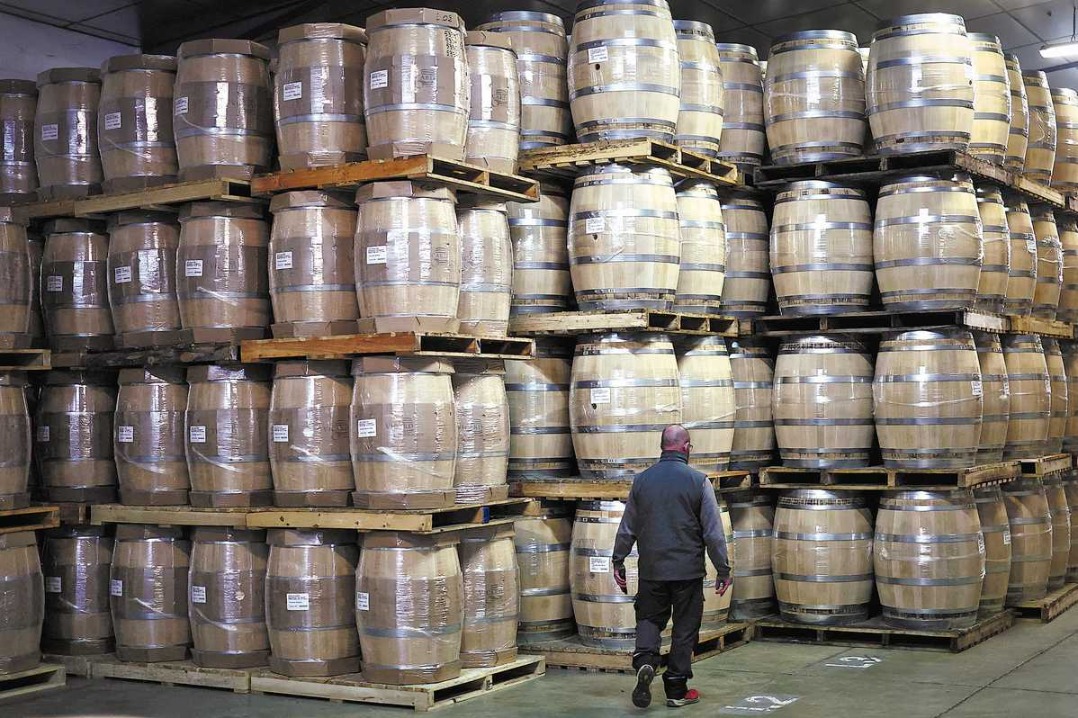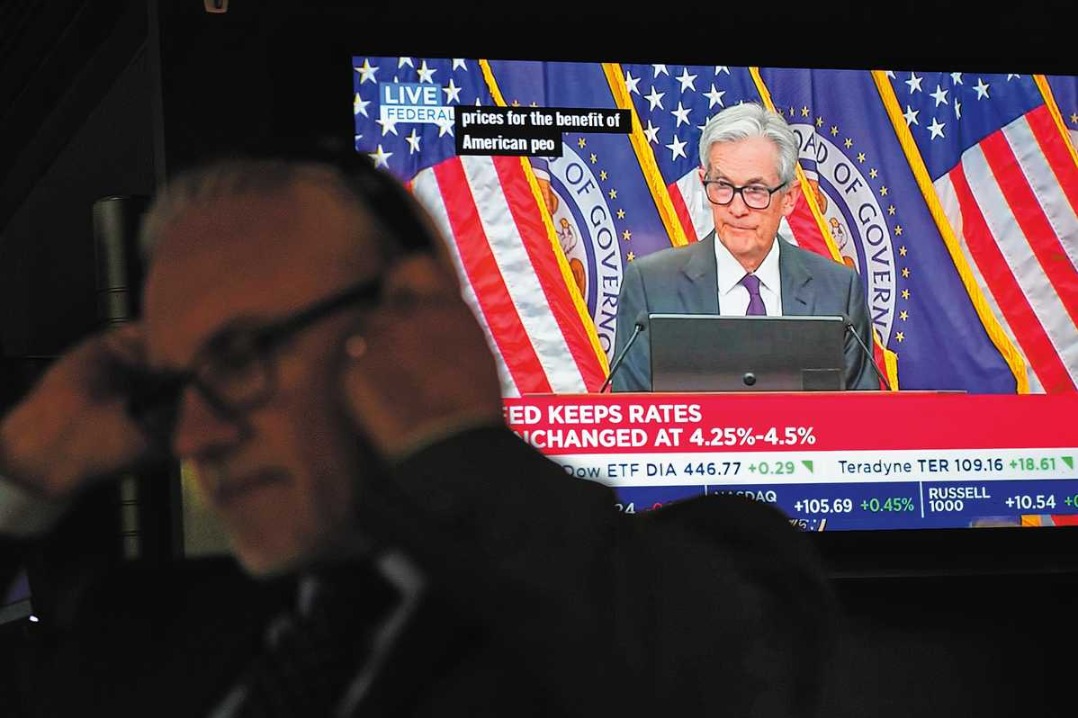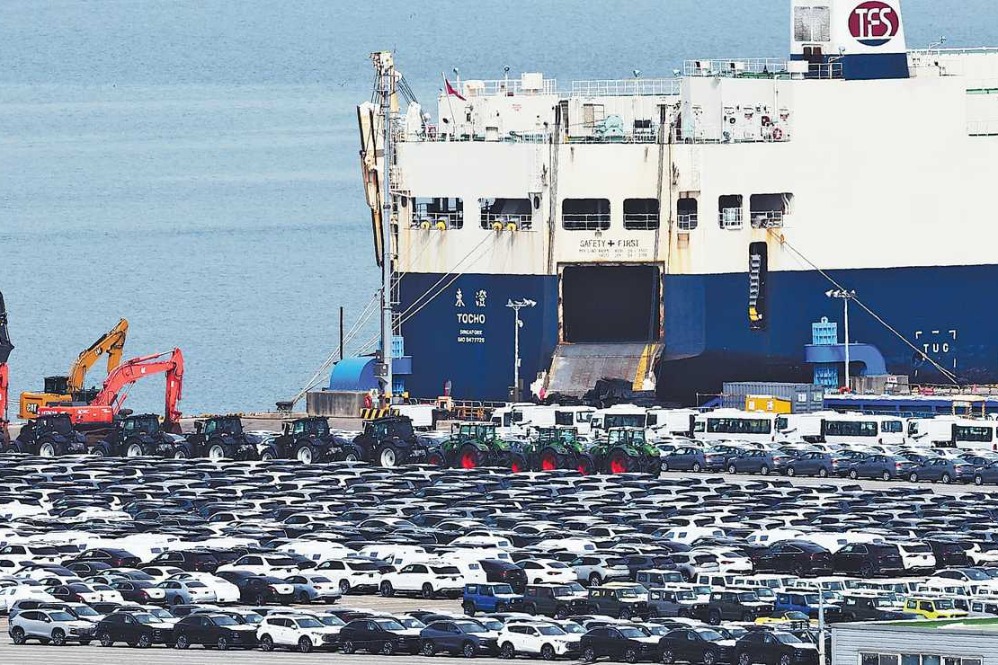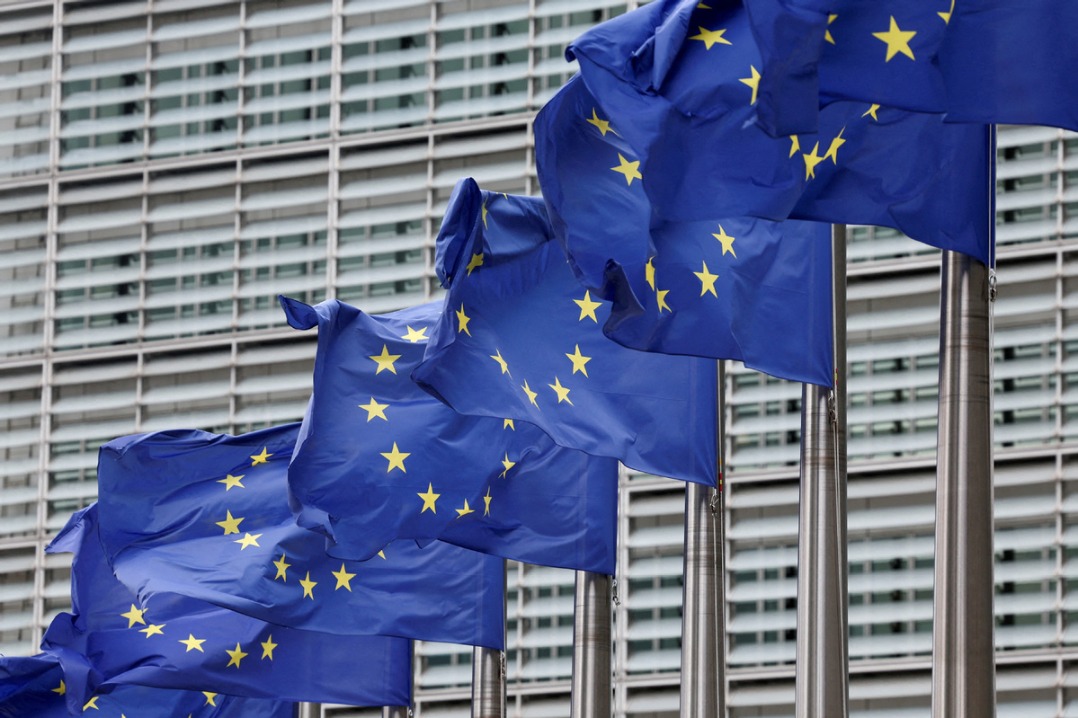SE Asia seen growing way out of gloom


Trends driving economies in year's first quarter likely to firm up, analysts say
Southeast Asia is on track to recover from nearly two years in the doldrums, as greater mobility, border reopenings and increased exports are seen supporting economic growth for the rest of the year, analysts said.
The region's largest economies-Indonesia, Thailand and Malaysia-all posted higher growth in the first quarter. COVID-19 vaccination programs and easing social restrictions have boosted consumer spending and supported GDP expansion. These three countries are also among the world's key commodity exporters and have benefited from increased commodity prices caused by the Russia-Ukraine conflict.
Indonesia, Southeast Asia's biggest economy, posted 5.01 percent year-on-year growth in the first quarter. The Asian Development Bank's country director for Indonesia, Jiro Tominaga, said the Indonesian economy "briskly rebounded" from the downturn in the third quarter and ended 2021 with output higher than in pre-pandemic 2019.
"Growth was broad-based and should strengthen in 2022 as economic activity continues to normalize," Tominaga said in a statement.
The Thai economy expanded by 2.2 percent in the first quarter, while Malaysia's GDP grew 5 percent.
Siriwan Chutikamoltham, senior lecturer at the Nanyang Business School in Singapore's Nanyang Technological University, said Southeast Asia "could bounce back relatively fast" following the reopening of its borders.
In an interview with China Daily, Siriwan said the region has several "growth factors" that will support its economic rebound. These include a young population that has better immunity against COVID-19, and the rise of more digital-savvy consumers and online businesses.
In the Philippines, first-quarter GDP grew 8.3 percent as a 10.1 percent spike in household spending powered the consumption-based economy. Robert Dan Roces, assistant vice-president and economist at Manila-based Security Bank Corp, said the nation's economy enjoyed "a hefty boost from revenge spending, so this pushed sizable gains in transport, recreation and food services".
While inflation may dampen private consumption, he does not see "a regression toward a negative path for growth". The election of a new president on May 9 is also seen affecting the growth trajectory, with Roces noting the composition of the new economic management team "will be crucial notably for the markets". President-elect Ferdinand Marcos Jr is yet to announce the members of his cabinet.
Increased mobility
In Singapore, the region's business and trade hub, the economy grew 3.4 percent in the first quarter, according to advance estimates by the Ministry of Trade and Industry. The ministry cited the electronics and precision engineering industry, which continued to record strong output growth thanks to robust global demand for semiconductors.
The ADB has forecast Southeast Asia's growth at 4.9 percent this year. It noted the expansion in the manufacturing sector and increased mobility. The bank sees two "diverging growth scenarios" for the region, with buoyant growth expected for Indonesia, Malaysia, the Philippines and Singapore. It has "less rosy growth expectations" for Brunei, Cambodia, Laos, Thailand and Vietnam as these countries are more dependent on tourism, their vaccination progress has been relatively slow, or their manufacturing has been hit harder by the spread of COVID-19.
The reopening of borders may have provided relief to the region's travel and tourism industry-among those worst hit by lockdowns and movement restrictions. But the ADB noted that travel remains curtailed and social distancing is enforced.
Traveling remains cumbersome as people need to provide proof of vaccination and undergo tests before they can travel. Some countries also require incoming travelers to quarantine for a few days.
Alicia Garcia Herrero, chief economist for Asia-Pacific at French investment bank Natixis, said growth expectations in the region will be hampered by three factors: Higher inflation and supply chain disruptions that can pinch consumers' disposable income; higher interest rates as monetary policy reacts; and lower external demand.

































